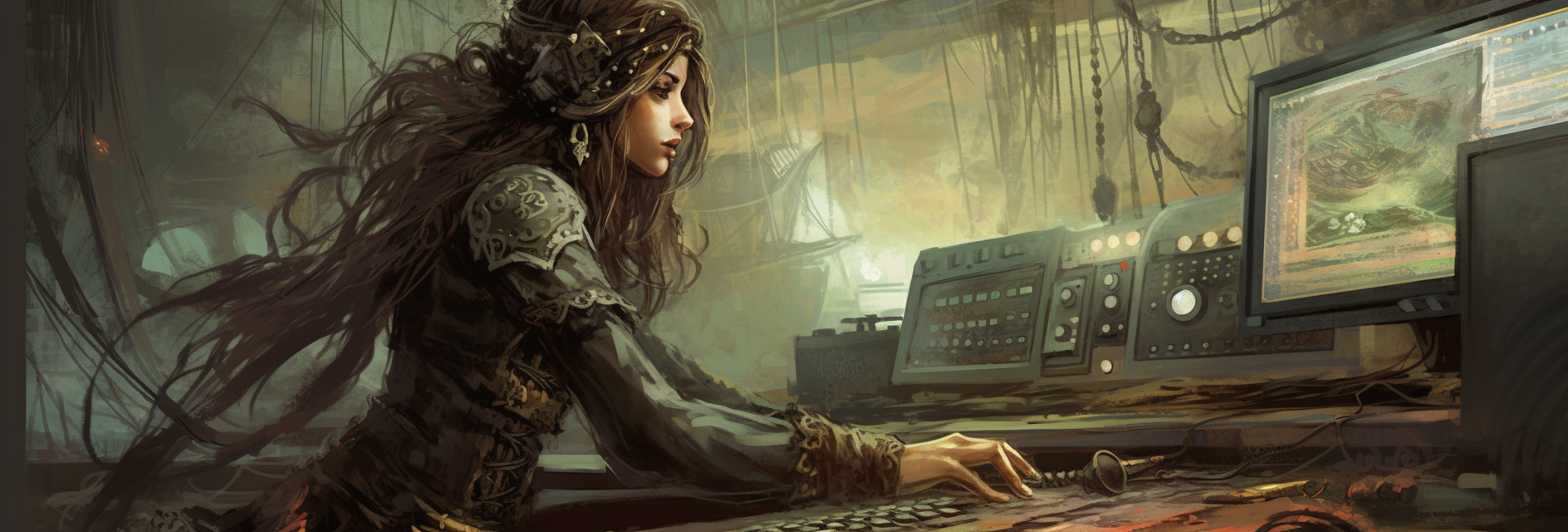What is a CDI Bean?

Ahoy there, matey! Let’s hoist the Jolly Roger and set sail on a voyage to discover what a CDI bean is. CDI, or Contexts and Dependency Injection, is a framework that helps us manage dependencies and lifecycle of objects in our Java applications.
A CDI bean is a special type of Java object that can be managed by the CDI container. The container provides services like dependency injection, lifecycle management, and event firing for our beans.
Now, ye may be wonderin’, “How does a CDI bean differ from a regular Java object?” Well, me hearty, a regular Java object is created by the new keyword, and it is up to the programmer to manage its lifecycle and dependencies. However, a CDI bean is created and managed by the CDI container. This means the container is responsible for creating and destroying instances of the bean, as well as injecting any necessary dependencies.
One of the benefits of using CDI is that it promotes modularity and extensibility. With CDI, we can break our application down into smaller, more manageable pieces, called beans. These beans can be easily swapped out or modified, without affecting the rest of the application. Additionally, CDI allows us to extend the functionality of our application by adding new beans or modifying existing ones.
Now that ye know what a CDI bean is and how it differs from a regular Java object, let’s set our sights on creating one. Buckle up, me hearties, we’re in for a wild ride!
How it differs from regular Java objects
As mentioned before, a CDI bean is managed by the CDI container, whereas a regular Java object is not. This means that the container is responsible for creating and destroying instances of the bean, as well as injecting any necessary dependencies. With a regular Java object, we must manually manage its lifecycle and dependencies.
Another key difference is that CDI beans can be annotated with special annotations, such as @Inject, @Named, @PostConstruct, and @PreDestroy. These annotations allow us to take advantage of the services provided by the CDI container, such as dependency injection and lifecycle management.
Lastly, CDI beans can also be used in conjunction with other Java EE technologies, such as JPA (Java Persistence API) and JSF (JavaServer Faces). This allows us to build complex, enterprise-level applications with ease.
Conclusion
In conclusion, a CDI bean is a special type of Java object that can be managed by the CDI container. It differs from a regular Java object in that it is created and managed by the container, and can take advantage of the services provided by the container. CDI promotes modularity and extensibility, making it an ideal choice for building complex, enterprise-level applications. So, me hearties, set your sails and start exploring the vast world of CDI!